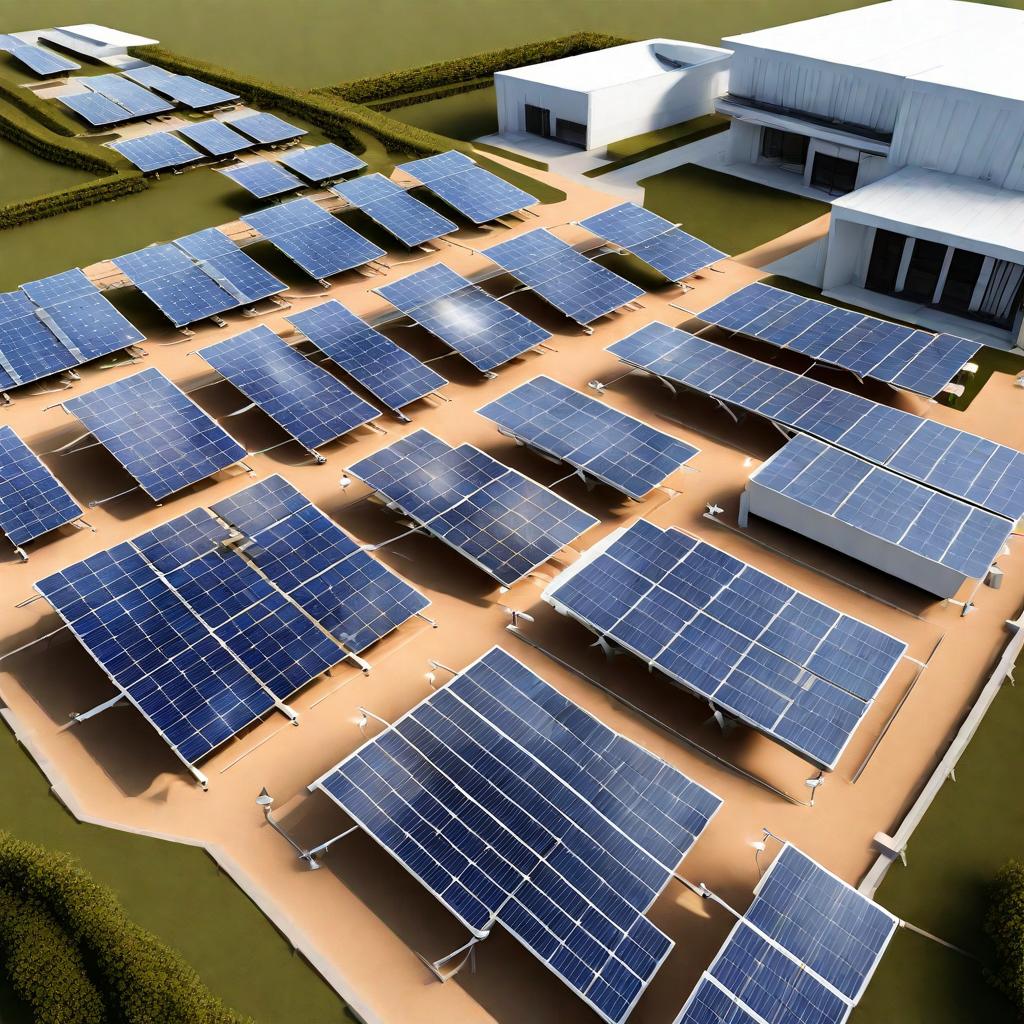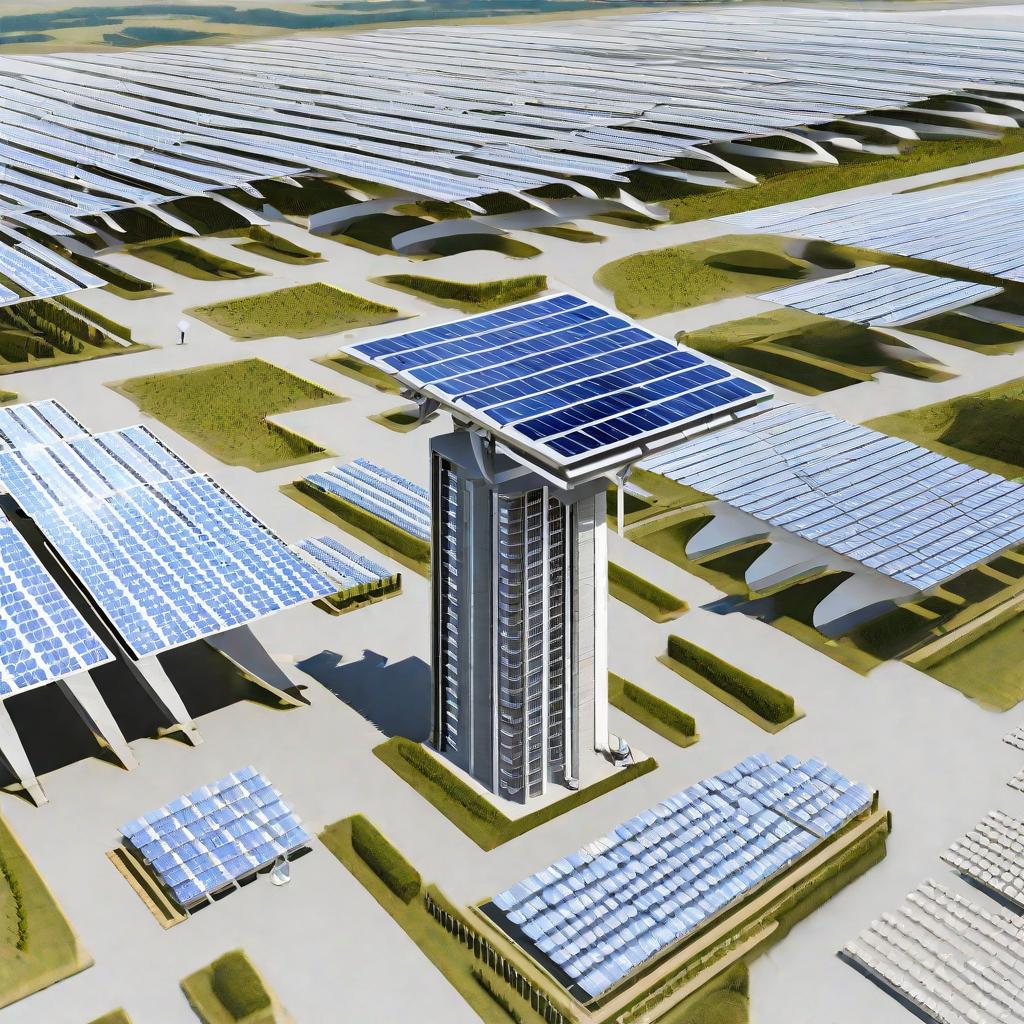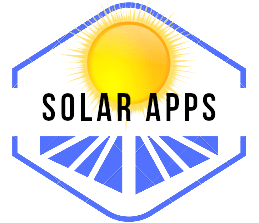A solar tracking system is the technology in which we use solar panels to place in the direction of the direct sunlight. Solar tracking systems are designed to optimize the efficiency of solar panels by orienting them towards the sun throughout the day. Here are some topics related to solar tracking systems that you may find interesting:
Contents
- 1 Introduction to Solar Tracking System
- 2 What is a Solar Tracking System?
- 3 Types of Solar Tracking System
- 4 Operating Principles of Solar Tracking System
- 5 Benefits of Solar Tracking Systems
- 6 Challenges and Solutions in Implementing Solar Tracking Systems
- 7 Case Studies of Solar Tracking System in Action
- 8 Conclusion: Navigating the Future with Solar Tracking System
Introduction to Solar Tracking System
Solar tracking systems are like the headliners of the renewable energy world’s touring rock show. And just like any headliner, they’re both dynamic and a bit complex. So put on your eco-friendly thinking caps and let’s head on a deep dive tour of these Rockstar’s of the solar industry.
What is a Solar Tracking System?
When someone asks, “What’s a solar tracking system?” I like to think of it like a sunflower. Just as a sunflower seems to magically follow the sun all day, solar tracking systems do the same with their solar panels to continuously capture sunlight. They pivot to get the best angle for sun rays to reach them, ensuring optimum efficiency.
But these handy systems are more than just sun hungry contraptions. They serve as a critical cog in our world’s shifting gear towards renewable energy sources. Think of them as our green gauntlet against climate change, soaking up the sun’s power and transforming it into electricity for our lifestyles.

The Emergence of Solar Tracking System
From cavemen using sun clocks to modern-day scientists optimizing the sun’s energy via a solar tracking system, it’s been quite the ride, hasn’t it? Solar tracking systems have been a slow-burning revolution that leaped overdrive in the 21st century. As energy consumption accelerated, so did our reliance on non-renewable sources. It didn’t take long for scientists and engineers to realize that we needed a solution. And voila! The modern solar tracking system stepped into the limelight.
Types of Solar Tracking System
Think of solar tracking system like salsa dancing. There’s that traditional side-to-side step (that’s your single-axis tracking system) and then there’s that slightly fancier spin with a sashay (yep, you guessed it, that’s your dual-axis tracking). Single-axis trackers swivel east to west along a single median, while dual-axis trackers show off a bit by adding an additional up and down movement, capturing even more sunlight during the day.
- Single-Axis Solar Tracking System:
- Horizontal Axis: This system rotates the solar panels around a single horizontal axis, typically aligned with the north-south direction. It follows the sun’s movement from sunrise to sunset, adjusting the tilt angle to optimize energy capture.
- Vertical Axis: The solar panels rotate around a vertical axis, adjusting their orientation to track the sun’s apparent movement throughout the day.
- Dual-Axis Solar Tracking System:
- Altitude-Azimuth Tracking: This system involves two rotational axes, one for tracking the sun’s altitude (elevation angle) and the other for azimuth (azimuth angle or compass direction). It provides a more accurate solar tracking system, capturing the maximum amount of sunlight throughout the day. However, dual-axis solar tracking systems are generally more complex and expensive.
- Seasonal Solar Tracking System:
- Some solar tracking systems are designed to adjust not only for daily sun movement but also for seasonal variations. These systems may require more complex algorithms to account for the changing solar path throughout the year.
- Passive Solar Tracking System:
- Passive solar trackers use materials with thermal expansion properties to automatically change the orientation of solar panels in response to temperature changes. This method doesn’t require external power or control systems.
- Photovoltaic Solar Tracking System:
- Some solar tracking systems use photovoltaic cells to generate electricity for tracking mechanisms. The energy generated is used to power the motors or actuators that adjust the position of the solar panels.
The choice of a solar tracking system depends on factors such as cost, efficiency, maintenance requirements, and the specific application. Each type of system has its own set of advantages and challenges, and the selection should be based on the specific needs and constraints of the solar power installation.
Operating Principles of Solar Tracking System
You might be like, “Solar tracking system – got you. But how on Earth does it work?”
a) The Concept of Solar Tracking system
Here’s the skinny: Solar tracking system simply use light sensors or timing controllers to decide where and when to position themselves to catch the most sun. It’s like playing a continuous game of tag with the sun. And guess what? The solar tracking system always wins.
b) Understanding Active and Passive Solar Tracking system
Now, within the solar tracking system tribe, we have two main clans—the active and the passive tracking system. Active trackers may remind you of over-achieving project managers. They use motor-driven systems controlled by sophisticated sensors to track the sun. Passive trackers, on the other hand, are more like that super relaxed, go-with-the-flow coworker. They use low-tech approaches to follow the sun, like gas-filled tubes that move the tracker as they heat and cool throughout the day.
c) The Mechanisms Behind Solar Tracking System
Each gear, motor, and sensor of a solar tracking system works in harmony, kind of like a photovoltaic symphony, maximizing the amount of sunlight transformed into electricity. Every piece, every component has a role to play in this dance with our celestial disco ball, also known as the sun.

Benefits of Solar Tracking Systems
You might wonder, “Do solar tracking systems really bring home the solar bacon?” In short: oh yes, they do.
a) Enhancing Solar Energy Efficiency
Think about bringing in all your groceries in one go versus taking multiple trips to your car. Which one is more efficient? Yep, one trip does the trick. That’s the same logic with solar tracking systems. They improve efficiency by snatching up as much sun as possible in one rotation, sometimes increasing energy production by up to 40%.
b) Environmental Impact of Solar Tracking System
In terms of environmental impact, imagine writing a love letter to Mother Nature. By using solar tracking systems, we reduce our reliance on fossil fuels and put less CO2 into the atmosphere. It’s our way of lovingly saying, “We got your back, Mother Nature.”
c) Financial Benefits of a Solar Tracking System
And let’s not forget about saving some cold, hard cash. We all love a fatter wallet. Solar tracking system, despite their initial setup cost, start paying you back by slashing energy bills. Plus, some areas offer incentives for using solar technology. So, let the sun rise, and watch your energy costs set.
Challenges and Solutions in Implementing Solar Tracking Systems
Alright, let’s put the green-tinted glasses down for a moment. Just like any emerging technology, there are some hurdles when it comes to implementing solar tracking systems.
a) Recognizing the Limitations
There are some valid concerns associated with solar tracking systems, from technical malfunctions to weather impacts and even wildlife disturbances. So, maybe solar tracking system are not the Marvel superheroes of renewable energy yet, but they have the potential.
b) Technological Innovations to Overcome Problems
You remember the story of the little engine that could, right? It had obstacles, but with innovation and determination, it climbed the mountain. That’s the story with solar tracking systems, too. Innovations are continually being developed to tackle challenges head on, whether that’s a new way of positioning panels or creating less intrusive installations for local wildlife.
c) Future Perspectives in Solar Tracking System
Can you imagine a world where your house, car, and even your toaster run on renewable energy? With the continued progression of solar tracking systems, that world might not be as far off as you think. As we push forward, the success stories keep coming.
Case Studies of Solar Tracking System in Action
The case studies in the solar tracking system are given below.
a) Residential Success with Solar Tracking system
We all love a good human drama story with a surprise twist. Who would have thought that an average Joe homeowner could be part of a big-league renewable energy movement? That’s exactly what happened for a family in San Diego, who switched to solar tracking system and never looked back. They reduced their energy cost dramatically while also reducing their carbon footprint.
b) Commercial Use of Solar Tracking System
Did you hear about the new burger joint in town that grills solely with solar power? It’s true. One Arizona burger shack switched over to solar tracking systems on their rooftop, and besides whipping up juicy burgers, they’re also reducing their monthly energy expenses. How cool is that?
c) Industrial Insights Into Solar Tracking system
Reliable, efficient, and environmentally friendly that’s what one manufacturing company in Germany found when they switched to solar tracking system. They’ve set the bar high for others, showing that industrial operations can indeed function using renewable energy.
Here’s the sunshine-y takeaway: Solar tracking system are more than just panels chasing the sun. They’re a testament to human ingenuity, a beacon of hope in our fight against climate change, and an answer to our energy prayers. Despite the challenges, technological advancements promise to lessen those difficulties in the future. We got a taste of the renewable energy good life and, my dear solar enthusiasts, it’s only going to get better.
So, let’s ride this wave of progress, shall we? Onwards to a future where our homes, businesses, and gadgets all run on the power of the sun!
